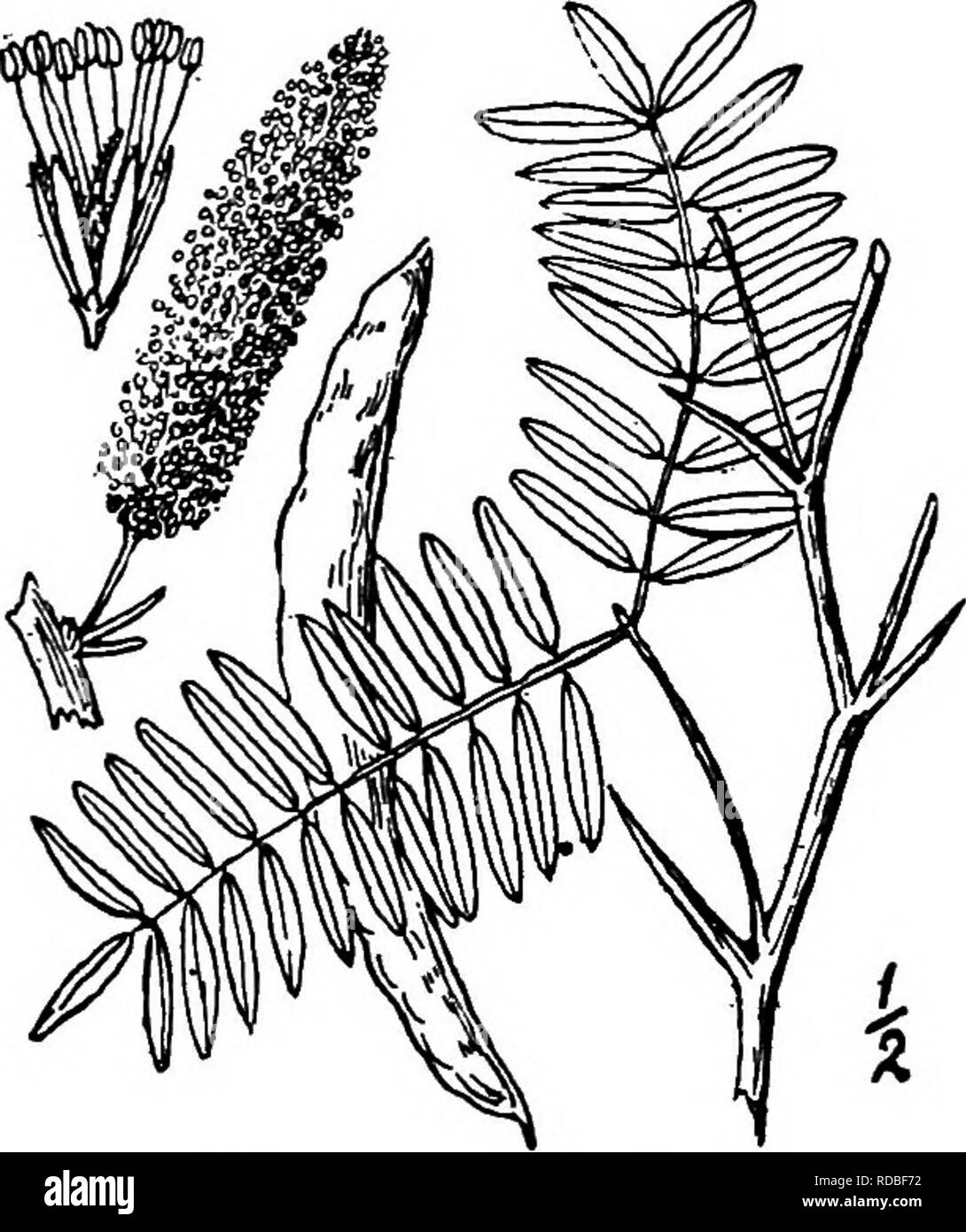Prosopis Juliflora Shrub

The leaves are bipinnate light green compounded with 12 to 20 leaflets.
Prosopis juliflora shrub. Prosopis juliflora is a thorny evergreen tree with a large flat topped crown and open canopy. Bayahonda blanca cuji venezuela aippia wayuunaiki is a shrub or small tree in the family fabaceae a kind of mesquite it is native to mexico south america and the caribbean it has become established as an invasive weed in africa asia australia and elsewhere. Prosopis juliflora is a thorny shrub 3 5 m or tree growing up to 15 m height. Juliflora is a shrub or small tree native to mexico central and northern south america.
Prosopis juliflora is one of the most widespread hyperaccumulating plants. Introduced by various international development projects as part of soil stabilization efforts from the late 1960s through the early 1990s prosopis has spread rapidly throughout somaliland. Prosopis juliflora general information. The new rhs dictionary of gardening.
Prosopis juliflora is considered the most dangerous invasive plant species in east africa. The targeted shrub prosopis juliflora is a type of mesquite plant native to central and south america and the caribbean but was introduced to africa to aid in deforestation recovery. It has shown itself to be a very aggressive invader especially in frost free arid and semi arid natural grasslands both in its native range and in particular where introduced. The tree is deeply rooted.
The shrub now takes up millions of acres on the african continent and its flowers have become a favorite of mosquitoes. It has a large crown that is flat topped with open canopy. Prosopis juliflora mesquite this plant and the related entity italicized and indented above can be weedy or invasive according to the authoritative sources noted below this plant may be known by one or more common names in different places and some are listed above. The flowers occur in clusters of two to five.
It is a phreatophytic perennial tree shrub species a member of the fabaceae family and a representative species of the sonoran desert ecosystem. It is a contributing factor to continuing transmission of malaria especially during dry periods. Excellent and very comprehensive though it contains a. It has a thick rough grey green bark that becomes scaly with age.

/prosopis_juliflora8_-_FKS.jpg)
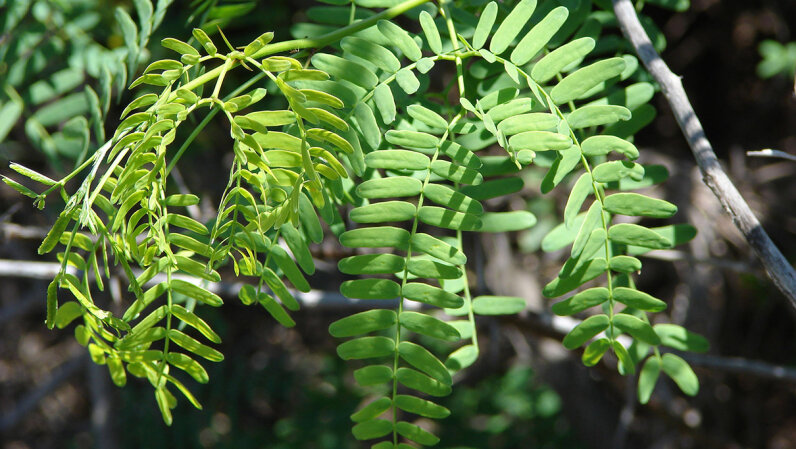










/prosopis_juliflora9_-_FKS.jpg)
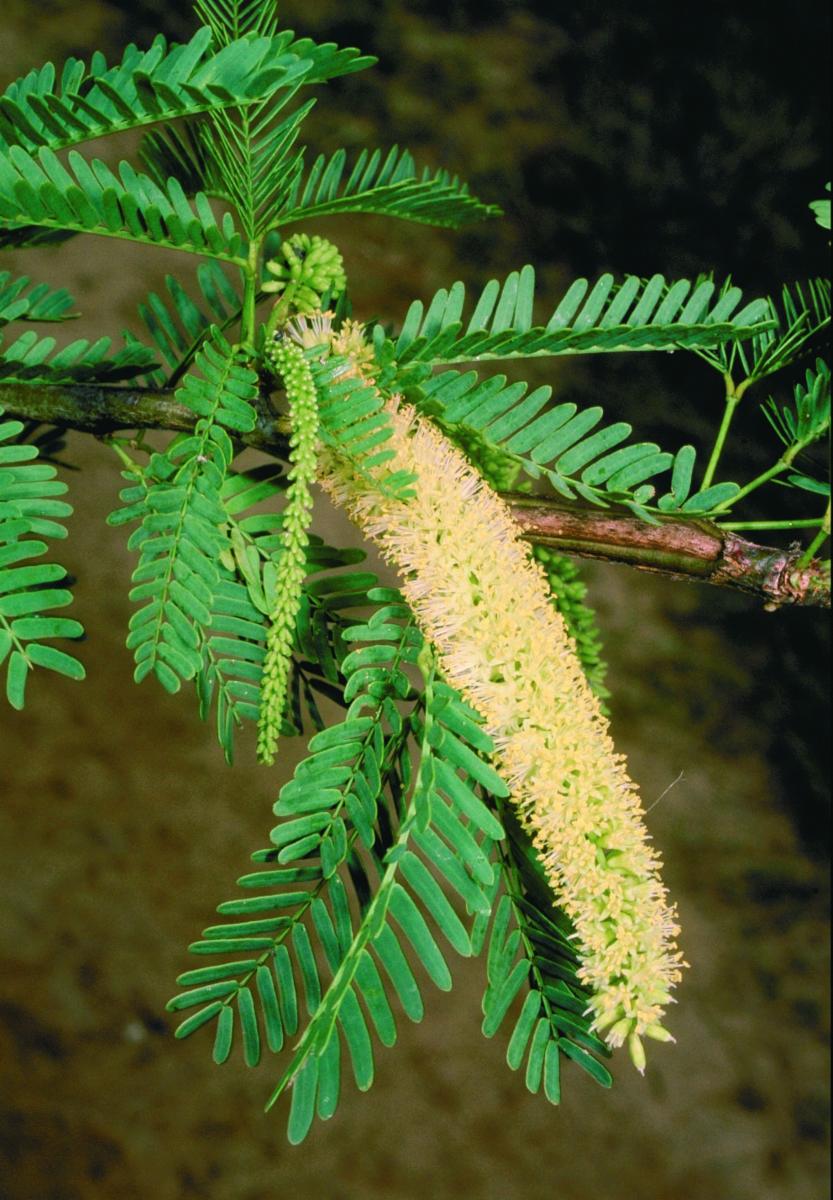
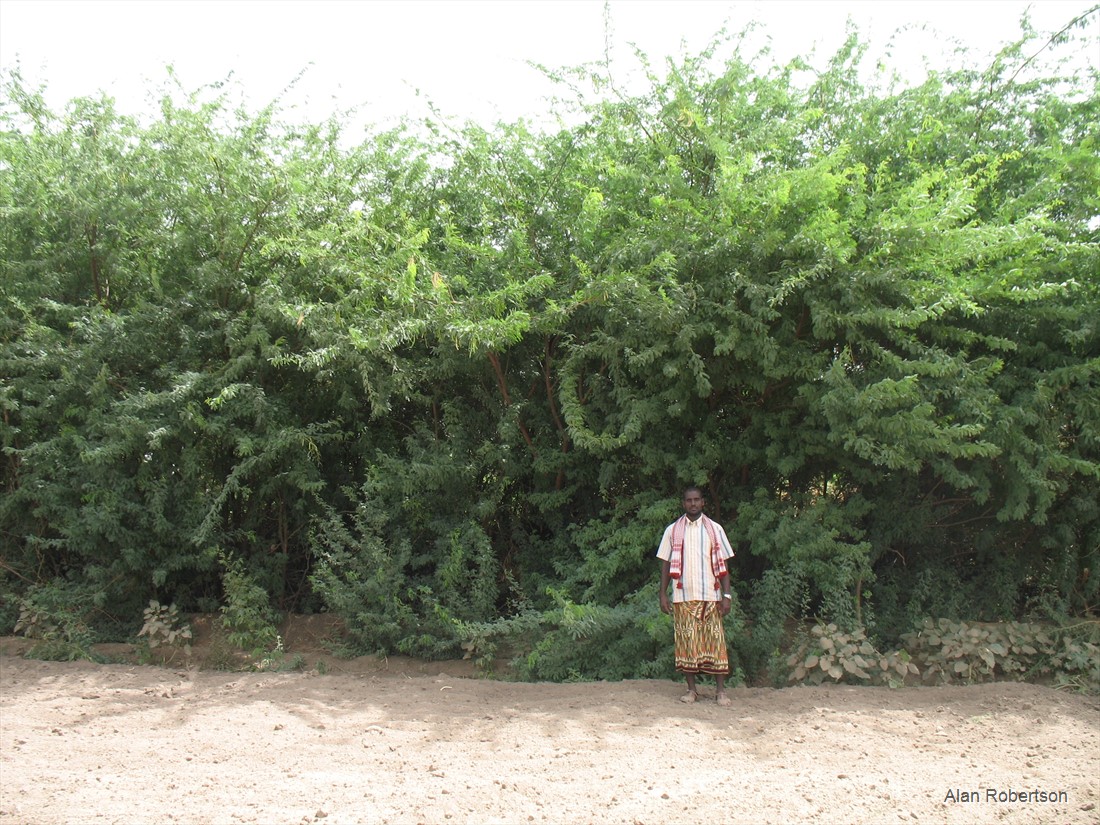
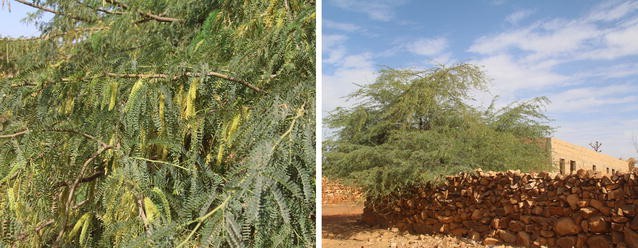
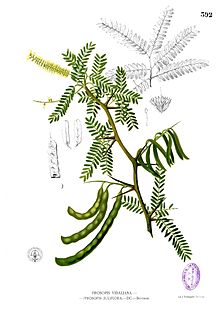



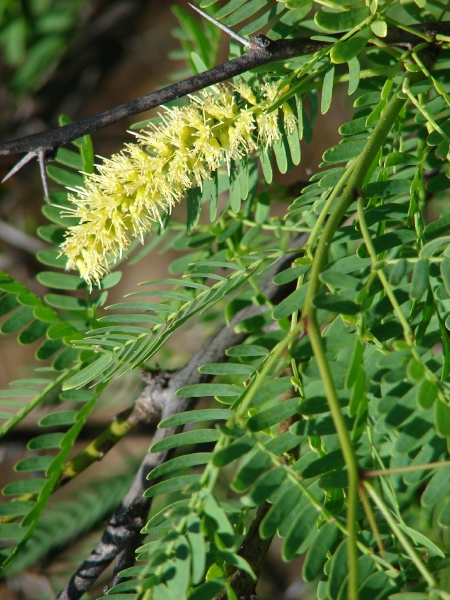
/prosopis_juliflora14_-_FKS.jpg)


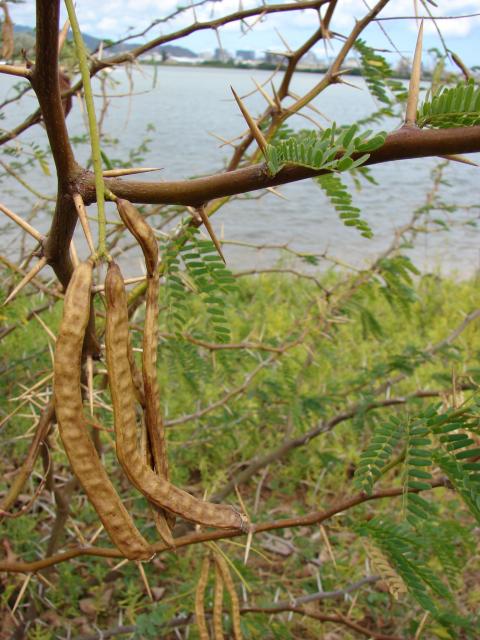
/prosopis_juliflora5_-_FKS.jpg)

